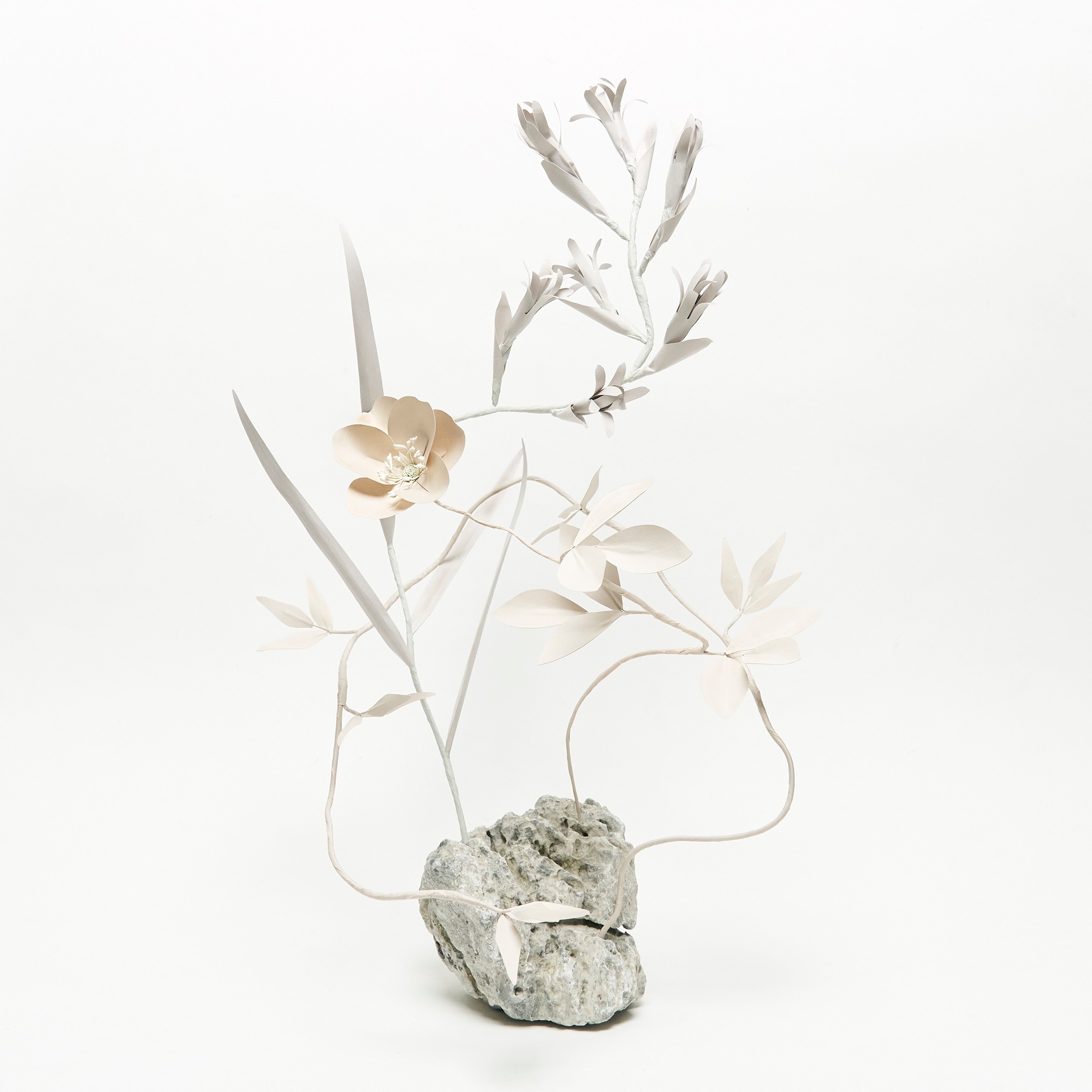
SOUTHERN
Megumi Shinozaki: Meridiem
31 Aug - 12 Oct, 2024
WKM Gallery

CENTRAL
Social Abstraction | Curated by Antwaun Sargent
10 Sep - 2 Nov, 2024
Gagosian
.png)
SOUTHERN
Jacky Tao Solo : Have A Nice Day
29 Aug - 5 Oct, 2024
SC Gallery

KWAI TSING
Summer Stroll
17 Aug - 14 Sep, 2024
The Stroll Gallery

SOUTHERN
A Brush with Nature: Recent Works by Stephen King
22 Aug - 19 Oct, 2024
Alisan Fine Arts (Aberdeen)
.png)
SHEUNG WAN
The Way Home: Group Show Curated by Shirky Chan
22 Aug - 28 Sep, 2024
Soluna Fine Art
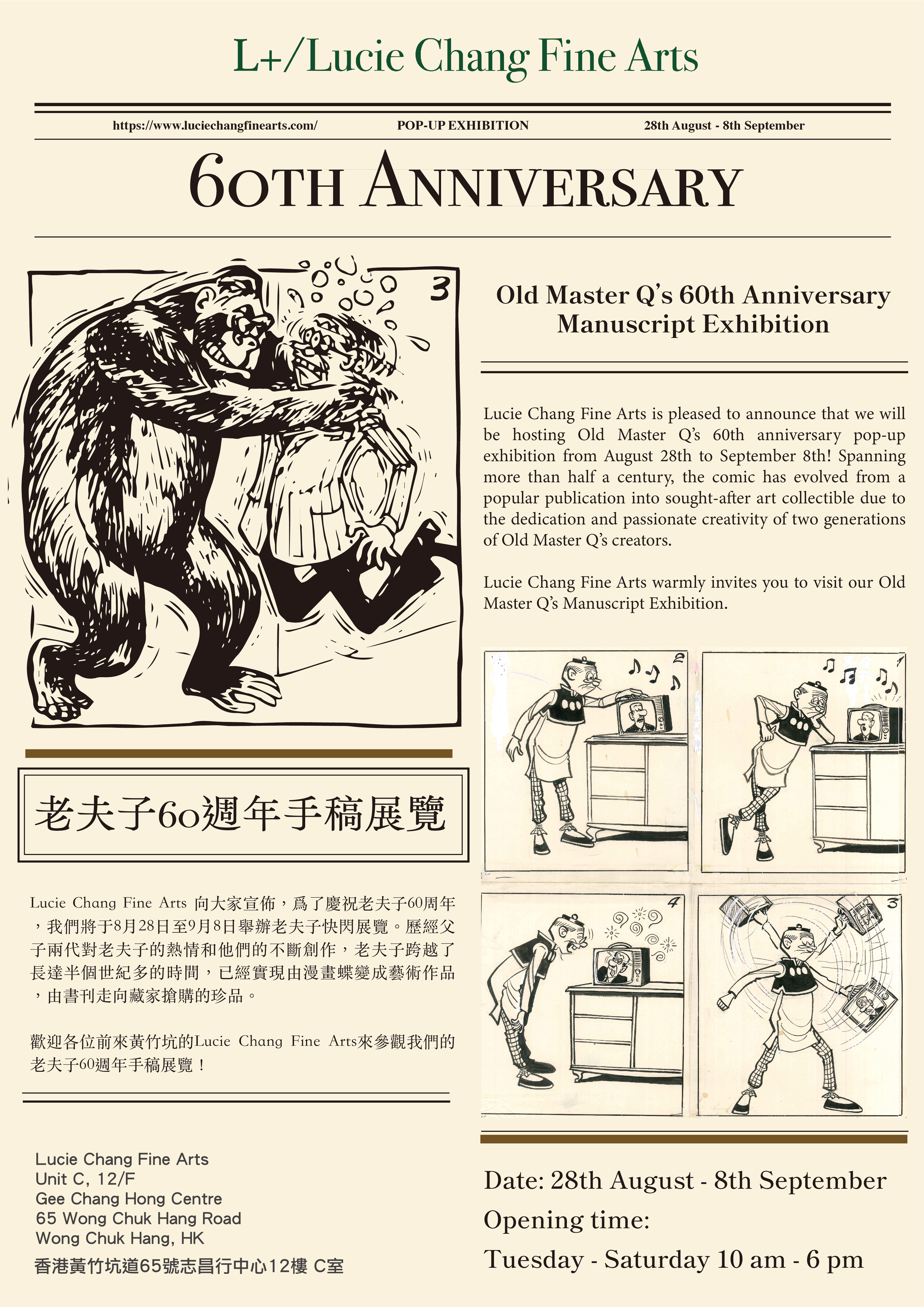
SOUTHERN
Old Master Q's 60th Anniversary – Manuscript Exhibition
28 Aug - 8 Sep, 2024
Lucie Chang Fine Arts
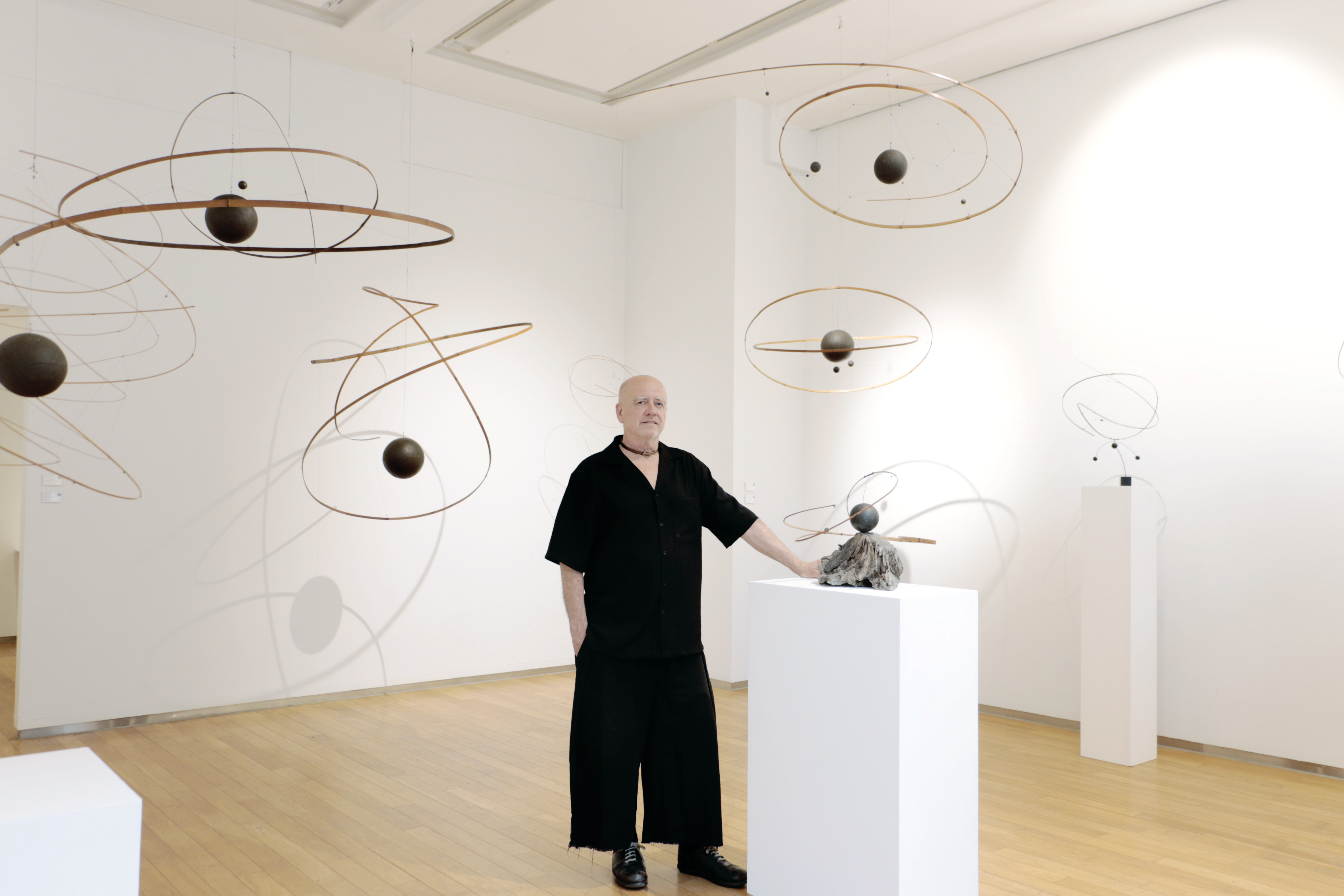
CENTRAL
Celestial Equilibrium
23 May - 12 Sep, 2024
10 Chancery Lane Gallery

CENTRAL
Mark Bradford. Exotica
26 Sep - 1 Mar, 2025
Hauser & Wirth

SHEUNG WAN
Unmasked
26 Sep - 13 Oct, 2024
Young Soy Gallery
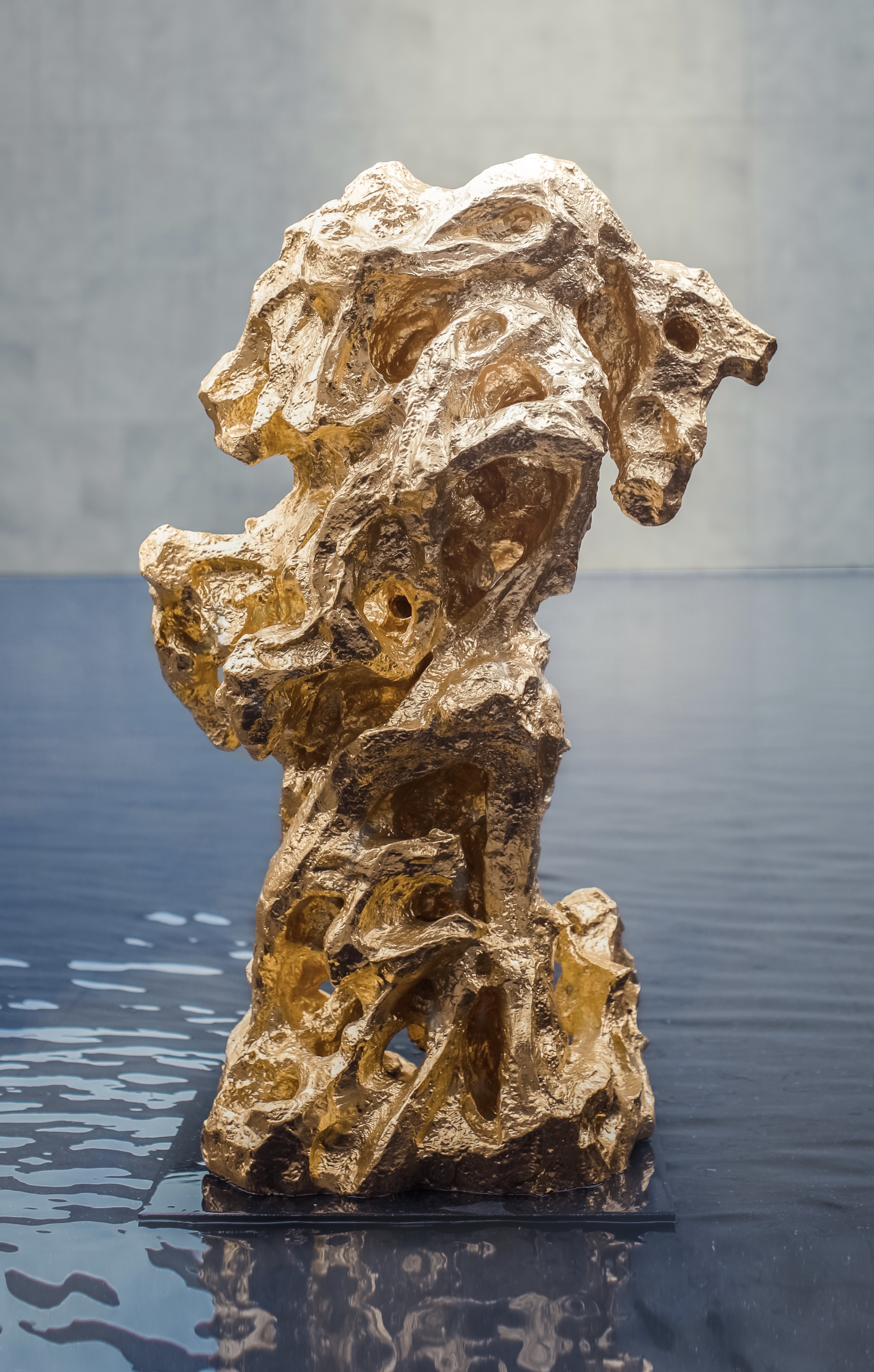
CENTRAL
Summer-Scape
21 Aug - 13 Sep, 2024
3812 Gallery
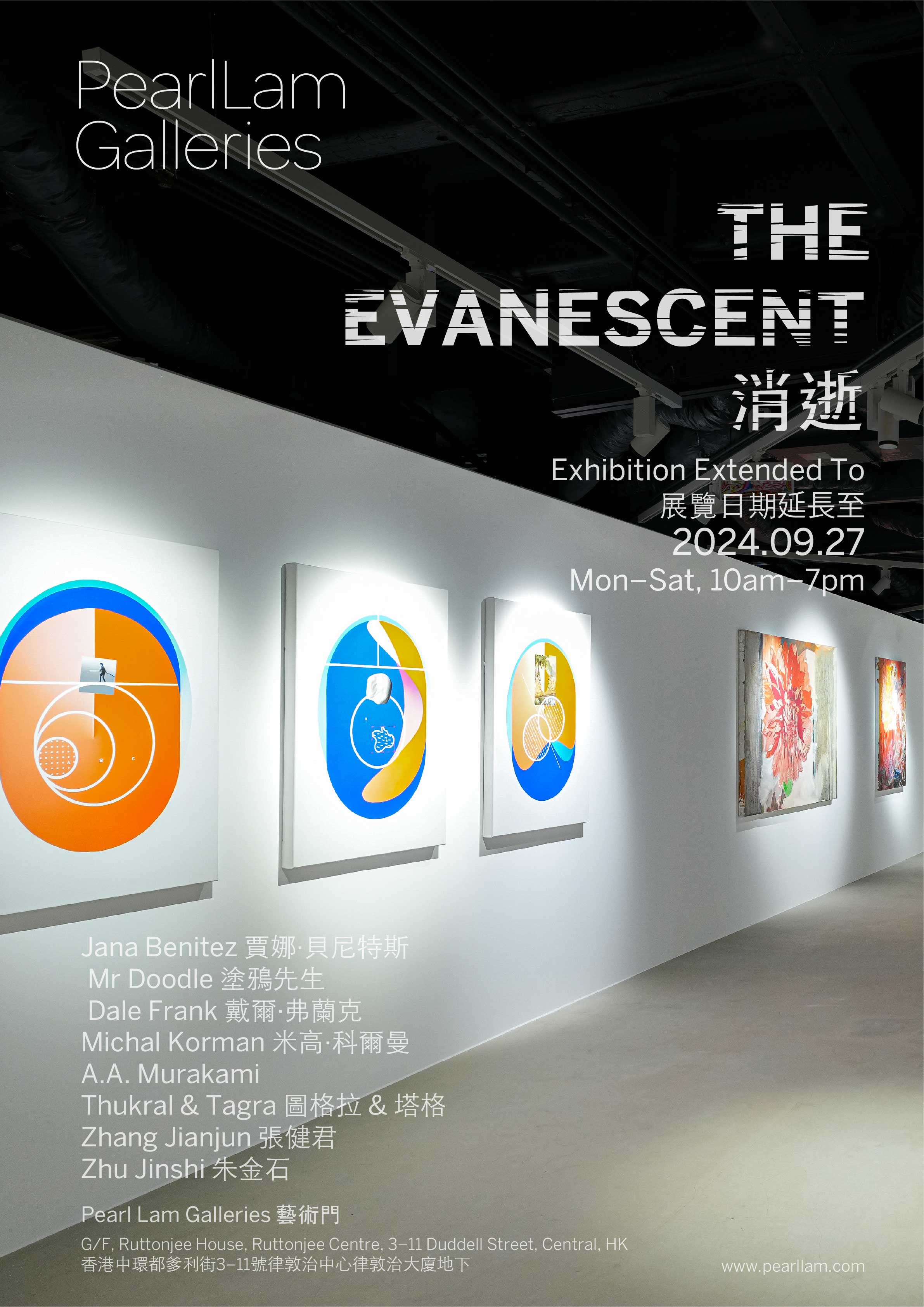
CENTRAL
The Evanescent
20 Jun - 27 Sep, 2024
Pearl Lam Galleries Hong Kong
The Evanescent
20 Jun - 27 Sep, 2024
Pearl Lam Galleries Hong Kong
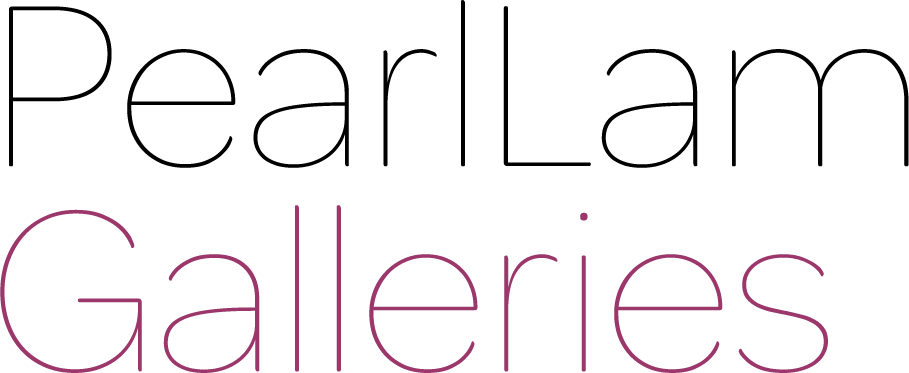
Pearl Lam Galleries Hong Kong
Address: G/F, Ruttonjee House, Ruttonjee Centre, 3–11 Duddell St., Central
Opening Hours: Mon–Sat 10am–7pm
Phone: +852 2522 1428
Website: pearllam.com

